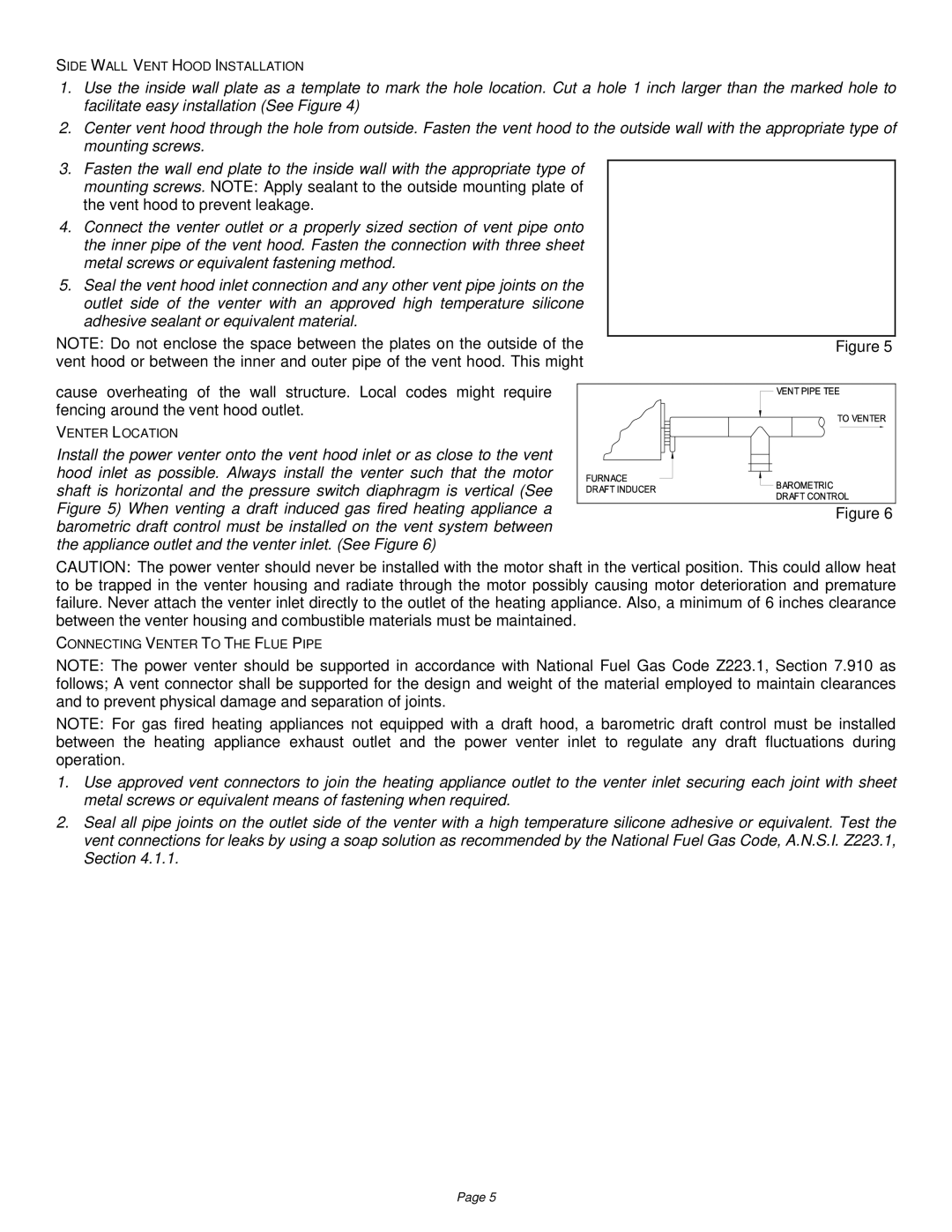PVU-300 specifications
Field Controls PVU-300 is a highly esteemed device in the realm of indoor air quality management, particularly designed for residential and light commercial applications. This innovative product excels in providing a comprehensive solution for ventilating spaces while ensuring optimal comfort and air quality.One of the main features of the PVU-300 is its capability to deliver fresh outdoor air efficiently into a building while exhausting stale indoor air. This is crucial for maintaining a healthy living or working environment. The unit comes equipped with multiple airflow configurations, allowing it to adapt seamlessly to various building sizes and layouts.
The PVU-300 utilizes advanced demand control ventilation technology, which adjusts ventilation rates based on the actual occupancy and indoor air quality needs. This not only enhances comfort but also improves energy efficiency, as the system reduces unnecessary energy consumption during periods of low occupancy.
Furthermore, the PVU-300 is designed with intuitive controls that allow for easy operation and monitoring. The user-friendly interface simplifies adjustments and settings, ensuring that users can easily manage their ventilation needs. This device is compatible with a range of sensors, enabling it to work in conjunction with CO2 and humidity controls, further optimizing performance.
In terms of construction, the PVU-300 is built with durability in mind. Its robust design ensures longevity and reliable operation in various environmental conditions. The unit also boasts a compact footprint, making it suitable for installation in tight spaces without compromising airflow performance.
The technology behind the PVU-300 includes high-efficiency fans that minimize noise levels while maximizing airflow. This ensures that the device operates quietly, providing a comfortable environment without distracting sounds.
Installation of the PVU-300 is straightforward, thanks to its flexible duct design and user-friendly mounting options. This efficiency not only saves time but also reduces labor costs associated with installation.
In conclusion, the Field Controls PVU-300 represents a significant advancement in ventilation technology, combining energy efficiency, user-friendliness, and adaptability to diverse environments. Its features and technological innovations make it an ideal choice for enhancing indoor air quality, ensuring spaces are both comfortable and healthy for occupants.

